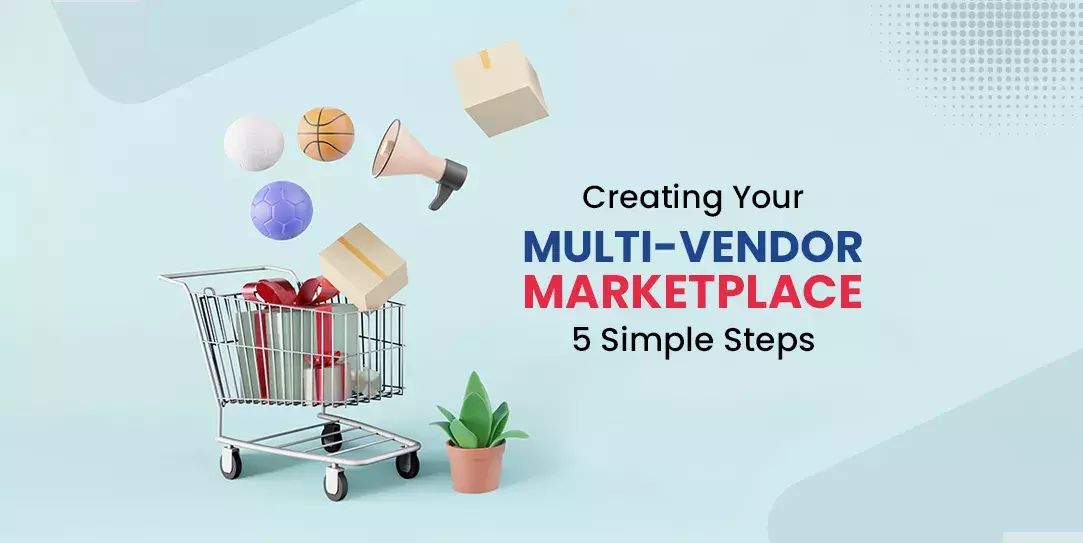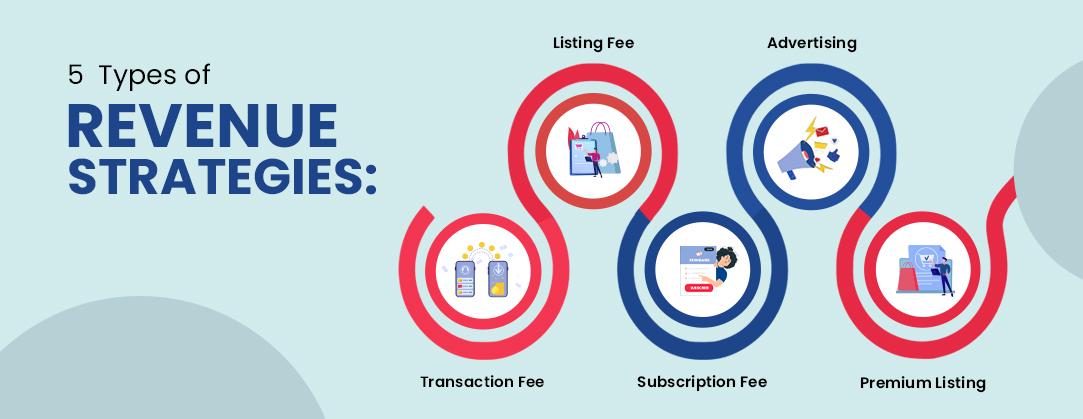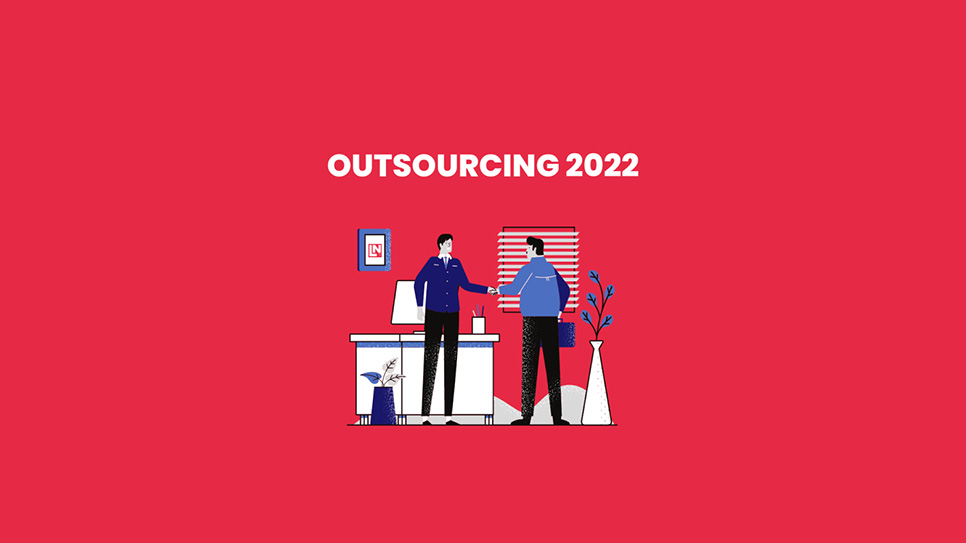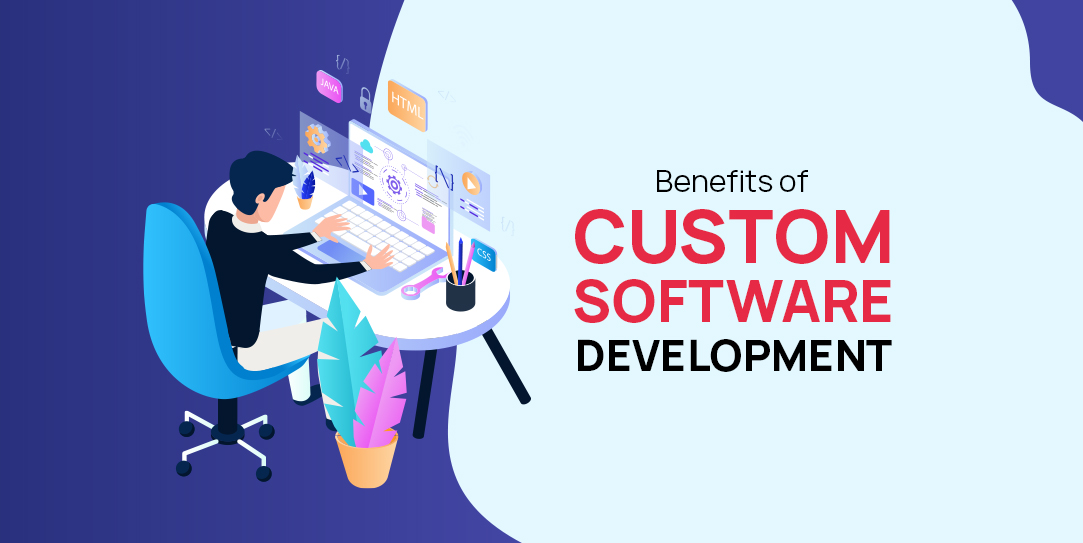Subscribe To Our NewsLetter
Share This Post:
A Multi Vendor Marketplace is an eCommerce platform where numerous vendors set up their stores to sell products and services. These platforms sell a wide array of commodities that offer customers various options to choose from. The multi-vendor marketplace is managed by the owner, who doesn’t manufacture or own the products but acts as a middle-person between the vendors and customers.
With the rise in eCommerce and smart cities, these marketplaces are gaining the exceptional potential to grow and drive profits. Some common examples of the Multi Vendor Marketplace are Amazon, Airbnb, Walmart, Etsy, Uber, etc.
Now, if you are wondering how to create such a marketplace of your own, you have come to the right place. Because in this blog, we will share how you can develop a robust and profitable Multi Vendor Marketplace and build a successful eCommerce business.

How to Build a Multi Vendor Marketplace?
A marketplace provides vast opportunities to all members- the founder, sellers, and buyers. The sellers can easily create online stores and sell their products to a large audience. The buyers have various product options, can check product reviews before buying, and get impressive discounts on their purchases. The marketplace founder will benefit from different monetization strategies as the platform gets traffic. So, here are five essential steps to build a money-making multi-vendor marketplace.
1. Define Your Business (Sellers and Buyers)
You can’t expect to earn profits from a marketplace that nobody needs. No matter how hard a team works on the platform, if the marketplace doesn’t solve an underlying problem, it’s completely worthless. Therefore the first thing you need to do to build a multi-vendor marketplace is defined what type of products or services your marketplace will offer.
This will help you narrow down your niche and concentrate on a specific segment of customers. Next, you need to define your target audience so that you can understand their requirements and preferences to serve them the best solutions. Since customers will buy directly from the supplier, removing all the middle persons, the marketplace can offer quality products at exceptionally low costs. As the marketplace grows, you can expand your offerings and customer base.
2. Make Revenue Strategies
Revenue strategies define how you will earn money from your marketplace. This is an essential step that determines your profitability and ability to provide a secure platform to the sellers. Although there are multiple monetization strategies, you need to identify the ones that fit your business model. Here are some of them:
- Transaction fee: The marketplace charges a fee on every successful transaction on the platform. For example, 3% of the transaction value.
- Listing fee: The sellers pay a fee for placing their products on the marketplace. The cost can vary depending on the product category. For example, a seller will have to pay USD 15 to list their old iPhone for sale.
- Subscription fee: Sellers pay a monthly or yearly fee for using the marketplace. For example, a seller pays USD 10 per month as a subscription fee.
- Premium listing: This strategy offers some common features for free but charges a fee for premium features. For example, a seller pays USD 10 for listing their product at the top for a certain period.
- Advertising: Sellers pay to promote their products through featured ads on the marketplace. The price can vary depending on the item and duration of the advertisement.
3. Define the Essential Features
Your marketplace must have useful features that make the platform unbeatable. These features decide the quality of user experience you provide to your sellers and customers. Hence you must carefully choose which of them you need to integrate to ensure the success of your platform. Here are some essential multi-vendor marketplace features:
- Security: Sellers and buyers provide information like name, email, etc., while signing up
- Accounts: Users can create their accounts using which they will buy or sell on the platform
- Listing management: Sellers can manage product details like specifications and prices
- Search: Buyers can easily search for products and services using the search feature
- Payments: Easy payment services that support credit cards and software like Paypal
- Reviews: Buyers can share their experiences with products, inspiring sellers to provide quality services and gain high ratings
- Analytics: Sellers can use analytics to gain insights into product views and sell
4. Develop an MVP
Now it’s time to build the software. It is always advised that you build a minimum viable product (MVP) instead of a full-fledged marketplace. An MVP consists of only the essential features helping you build the platform easily without investing significant money and time. To develop an MVP, you have two options:
Ready-made software:
This software allows you to quickly launch your marketplace at a low cost. There is much ready-made software that helps you easily build and customize the marketplace. Best examples are Shopify, Magneto, WooCommerce, Drupal, etc.
Development from scratch:
Since ready-made software doesn’t provide much control over your marketplace, developing your own platform is another great option. You can have complete flexibility over the marketplace’s features, functions, and methods. For this step, you might consider hiring freelancers, building an in-house team of developers, or partnering with a development company.
You can include the following features in your MVP
- Registration of store owners
- Product Listing
- Login/registration of individual buyers
- Order history, cart pages etc.
Finding and partnering with a good development company is always advised because they employ teams with excellent experience in similar projects and deliver quality services. Once you have launched the marketplace MVP, you need to study the performance, learn from the feedback and then improve the platform by integrating new ideas and advanced features.
5. Promote Your Marketplace
Once your multi-vendor marketplace is launched, you need to promote it to attract buyers and sellers onto the platform. It is advised to have your own inventory in the beginning to attract buyers. You can also encourage sellers by providing monetary subsidies and buyers by giving them rewards for sign-ups and referrals. Promotion through search engine optimization, social media marketing, content marketing, and paid ads are other options that boost the growth of your multi-vendor marketplace.
How LN Webworks can Help You?
LN Webworks is a leading web development company that has served clients worldwide by providing quality digital solutions for eCommerce. We have a professional team of eCommerce developers with excellent experience developing a wide array of multi-vendor marketplace platforms.
We use innovative technologies and effective coding practices to build robust eCommerce solutions. Partnering with LN Webworks means you can rest assured of affordable services and a personalized marketplace that will boost your business growth.
Contact us today to learn about our development services.

Share This Post:
Author Information

Pankaj Kumar
Co-Founder & Managing DirectorPankaj is a Senior UI/UX specialist with more than ten years of industry experience who focuses on usability, user experience, and user research in his designs. He has worked with small and large teams, including management of LN Webworks Organization.
Ready To Get Your Own Multi Vendor Marketplace ?
Talk to our experts to know the real benefits of multi vendor marketplace.
Related Articles
July 12, 2022
How to Pick the Right IT Outsourcing Company in 2022
January 9, 2023




